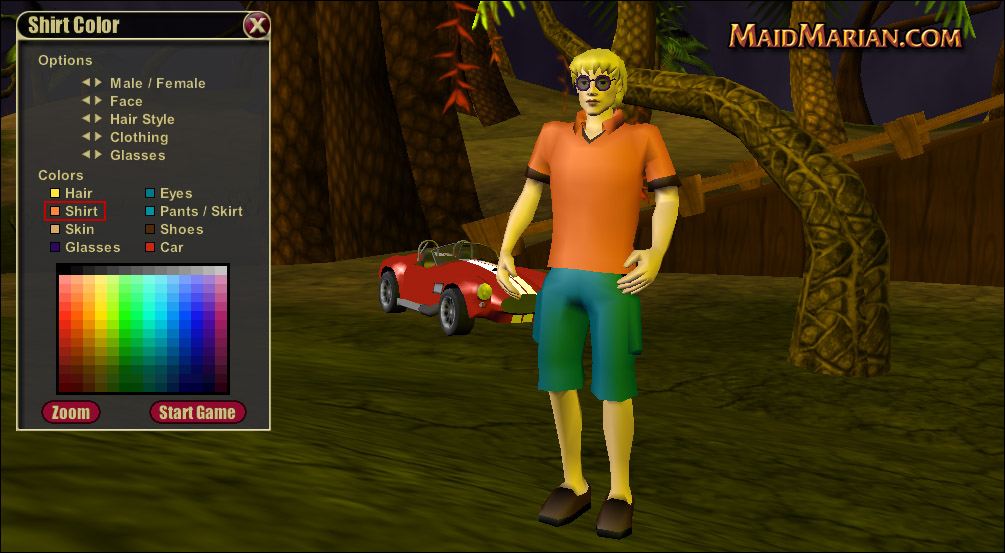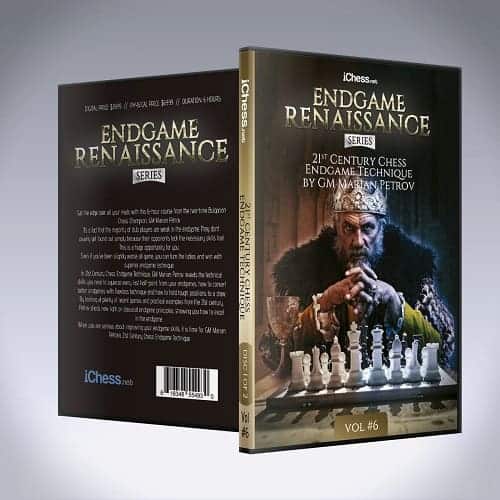

My name will be forgotten, but maybe the indigenous people of this region will tell stories about the madman who once came and spoke to the whales.Īnd it will be the same in Naoshima, where right now we've reached 150,000 heartbeats. I guess no one has ever seen those massive tree trunks. Those objects haven't disappeared yet, but they will. Works like Misterios, which I made in Patagonia. I'm increasingly interested in what I call "récits" (narratives). You often mention recycling, reprocessing, a kind of circular flow in your work.īoltanski: My work is not necessarily stable. I wish big cities would one day have something like little chapels, where you could escape the noise and the hectic pace and linger in front of something for five minutes.īut you're fundamentally opposed to the idea of holy places, making something sacrosanct. They exist on the fringes of life, but they allude to life. The door's open, the sun's shining outside. You don't understand what's going on, but it's a place of meditation. You sit down and stay there for ten minutes. In the South you sometimes find a church door open, so you go inside. There's always a materiality to your work and at the same time a dematerialized, absent quality, a void.īoltanski: There's an expression that can no longer be uttered: "Gesamtkunstwerk." It's true that in my current work I sometimes include smells or sounds, among other things. You also worked with light as raw material. In your work you also use many intangible elements. At the Monumenta in the Grand Palais, the cold provided you with raw material. It's important to be inside a work of art rather than in front of it. Visitors stand inside the work, not in front of it.

I don't want people to stand in front of a work, but rather inside it. Something that becomes increasingly important to me: the fact that it's about something all-encompassing, a path. If you could have mounted it 20 years ago, might it have made a different statement?īoltanski: It would definitely have been different. So it relates to this initial trauma and at the same time to the moment when the trauma is examined. But the older you get, the more it's about your own death. It's a recurring theme in art, but usually the death of others. I've been very interested in death for a while now. So you might say that this show contains references to the era we live in, but to my age as well. But the age of the artist will determine the way that trauma is discussed. The early lives of all artists are marked by a trauma that they spend their whole lives discussing. You create the same work every time, more or less. You might say. I mean, you're always telling the same story. Well, I am. They're practically integrated into our global collective memory. Someone from my generation would recognize every one of these images. But it happens so quickly you can barely make out a thing. And the upper level of the show is more directly related to me. Not to compare myself with him, but it's like Goya and other artists in this tradition who tried to address the horrors in the world. Is this a way to combine things that you used to separate? Like what you've called "minor history" (or personal mythology) and "major history"?īoltanski: Yes, the work on the lower level of the show certainly deals with "major history." In that sense it's more political than my other work. It revives an attitude toward death that existed about 70 years ago. And today, because of this disease, death is being discussed again as something omnipresent surrounding us. And even if you don't die, one day they'll pull the plug on you.ĭeath-related rituals with family members became a thing of the past. You can't even talk about a loved one who has died.

in my youth, you wore a symbol of mourning when you lost someone. I said that we are totally in denial about death today. For example, since COVID, there's been the interesting and awful fact that death is no longer being hidden.Įvery night the deaths are reported: "Today it was 352. What we do is related to the general mood. It would mean that I'd die eight days later.īut one thing's for sure. But because it would be the last show, I'm not doing it. I always hope that the final show of my life will be an extremely cheerful one. But, as long as one is alive, things stay in motion. My age adds another layer of significance to it. But a show in one's own city has a different significance. Especially in the Asian region, in Japan and China. As previously mentioned, last year you presented "Faire son temps." Today we're discovering "Après." So it keeps going?īoltanski: There's always a Hereafter until the final Hereafter.


 0 kommentar(er)
0 kommentar(er)
